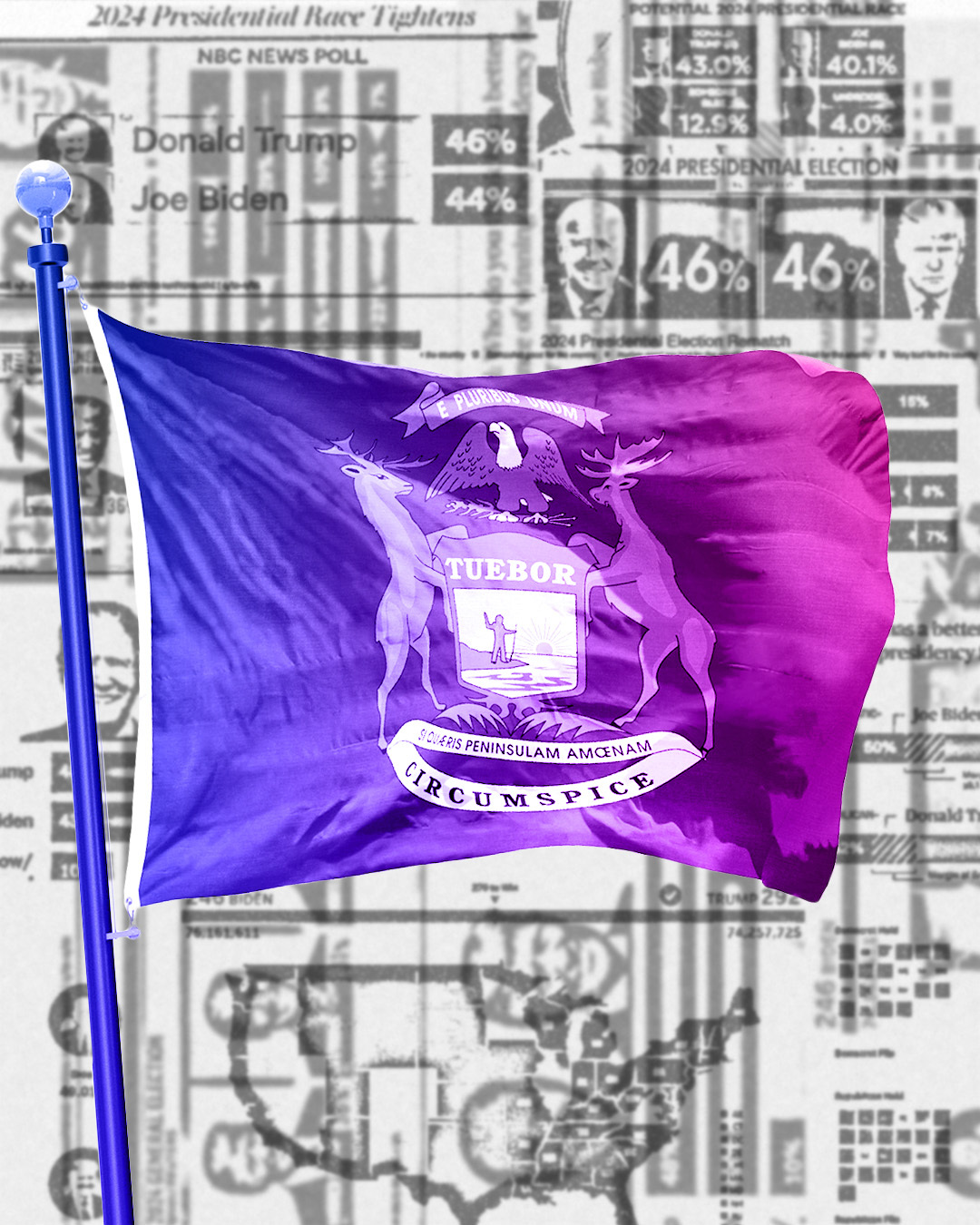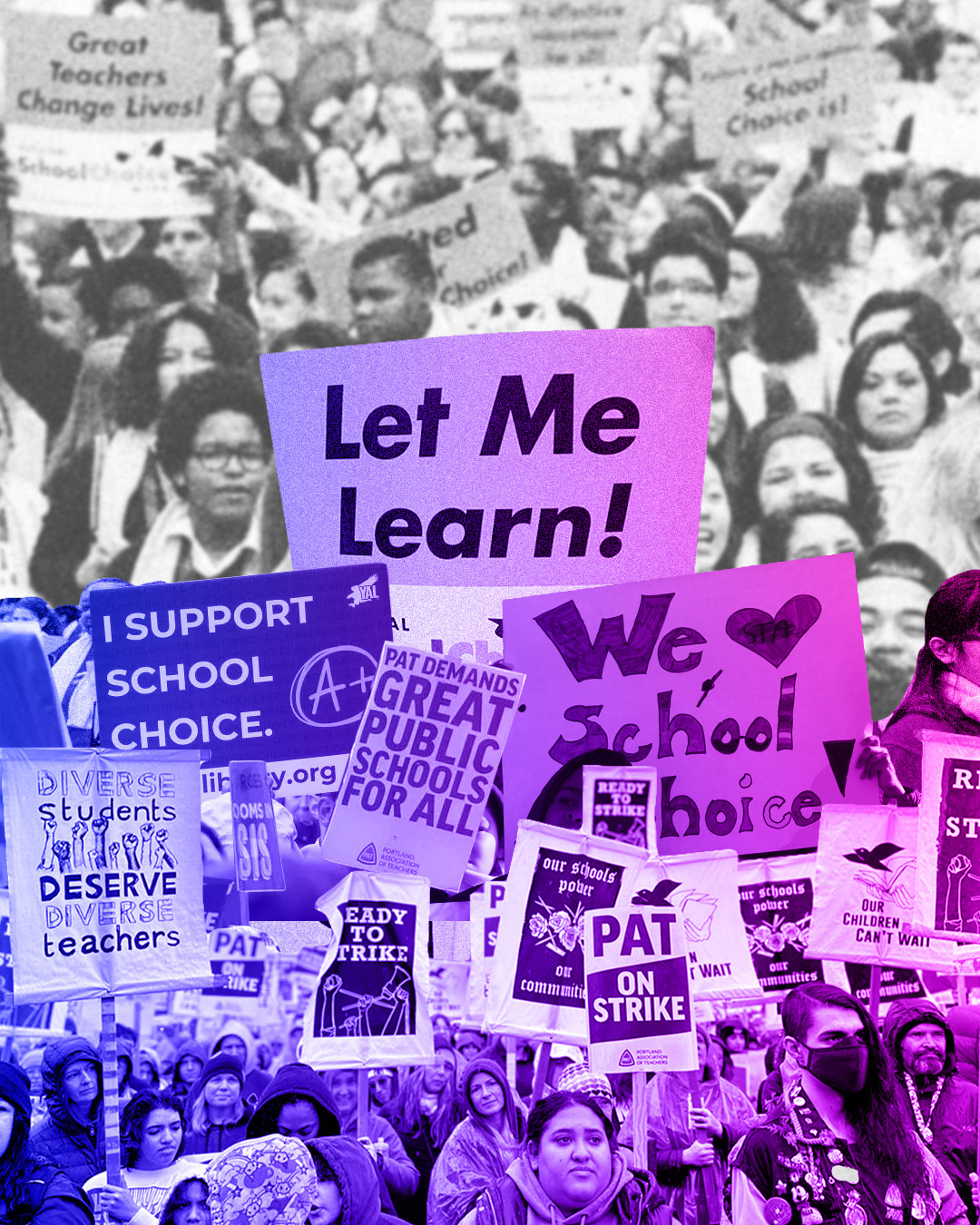There’s a gendered political gap in America, and it seems to be growing. On average American women are more likely to appear to lean left and pro-government in their political convictions.
In our national voter survey from January 2024 we asked participants “In politics today, and regardless of how you are registered, do you consider yourself to be a…“ They were given 7 options to select from that ranged from “Strong Democrat” to “Strong Republican” with leaning and Independent options in between. A total of 34% of women polled were either “Strong” or “Not So Strong” democrats, while only 27% of men expressed the same. Even among the independent options women were more likely to select “Independent Leaning Democrat” with 8% while only 6% of men did so. You can find this data and other surveys by signing up on our website here.
Other researchers have demonstrated an even wider gender-political gap. According to Gallup, 41% of polled women identify as a Democrat, while only 32% of men do. A nearly 10-point gap.
We have reason to believe this gap will only widen as time goes on and older voters age out. CNN’s 2020 exit polls showed that when we control the data for the ages of 18-29 the gap increases further. 67% of polled women said they voted for Biden, while only 52% of men said the same. In 2022 Survey Center on American Life published an article using data from Gallup which shows younger voters are more divided than ever. They said:
“In 2021, 44 percent of young women consider themselves liberal, compared to only one quarter (25 percent) of young men, a nearly 20-point gender gap. A decade earlier, roughly similar numbers of young men (27 percent) and young women (30 percent) identified as liberal.”
The gendered divide is emphasized further by looking at specific policy preferences. For several of our polled policy questions, women tended to lean towards more government intervention more than men.
We asked voters “Which of the following do you believe would help address housing affordability?” They were given three choices. The first choice, which involved increasing government involvement and subsidies, was picked by a majority of voting women. 57% of women picked the government intervention option, while only 37% of men did so. A plurality of men, specifically 40%, preferred a solution that reduced regulatory barriers to help drive down construction costs. Only 29% of women picked that option.
A similar trend appeared when we asked them about education policy. Sharing the format of the previous question we asked them, “Which of the following do you believe would make our educational system more effective?” Both men and women preferred a mixed market solution that reformed education by giving parents vouchers, though notably there is a 4-point between the genders. Women are less likely to choose that option. In fact, 42% of women chose the option to increase government investment in the public school system, while only 36% of men felt that was the right solution.
There is a gap in how high men and women rank abortion as the most pressing issue facing America. However it is not very large, and for both genders, abortion is not even in the top four most pressing issues. Only 7% of voting women saw it as the priority, with only 5% of men feeling the same. Economic issues and immigration are the two most pressing issues for our surveyed Americans regardless of gender. But at these numbers if if brings out the vote it is enough to change the results in many swing states.
These political gender gap trends may be correlating with other gendered divides.
The growing gendered educational gap could play a part. According to Pew Research, since the early 2000s women aged 25 to 34 have surpassed men in that age group in having a bachelor’s degree. College education seems to correlate with becoming a Democrat, Democrats (aged 25+) are more likely than Republicans to have college degrees.
Another trend worth noting is that young women are becoming increasingly less happy. In their 2008 paper, The Paradox of Declining Female Happiness researchers Betsey Stevenson and Justin Wolfers found that “women’s happiness has fallen both absolutely and relative to men’s in a pervasive way among groups and that this has occurred throughout much of the industrialized world.” While we don’t have a clear answer this certainly proposes questions about the relationships between happiness and liberalism among women. Could it be that less happiness leads women to be more likely to support governmental action in their lives? More research is needed.
Finally, let’s explore how demographic factors within the population of American voting women might affect their preferences for left-leaning policies and parties.
Perhaps this gendered division is simply an extension of American racial political gaps. Our research establishes that Black Americans are significantly more likely to vote Democrat than White Americans. 71% of the Black Americans we polled self-identified as leaning toward Democrats in their political affiliation. Only 23% of White Americans did the same. In an article released by the Proceeding of the National Academy of Sciences of the United States of America (PNAS), researchers suggest that the overwhelming Democratic lean of female Black Americans tips the scale of overall women voters in America.
Another demographic within the female voter population that seems to be influencing the trend is single women. Once again we can appeal to CNN’s exit poll data. Filtering by gender and marital status we find that 68% of the women who voted Democrat were unmarried.
As we wrap up our examination of the gender-political gap in America, it’s clear that this divide extends far beyond mere numbers. The data we’ve gathered and analyzed tells a compelling story of a nation grappling with evolving identities and values, particularly among its female electorate. Women’s increasing preference for what appears to be left-leaning policies and candidates is not just a statistical anomaly; it’s a reflection of deeper, societal shifts.
This trend, evidenced through our detailed surveys and reinforced by broader research, suggests a future where political engagement and preferences could be significantly shaped by gender dynamics. As we continue to delve into these gendered political gaps, we’re not just charting numbers; we’re piecing together the story of America’s political future, one data point at a time.


